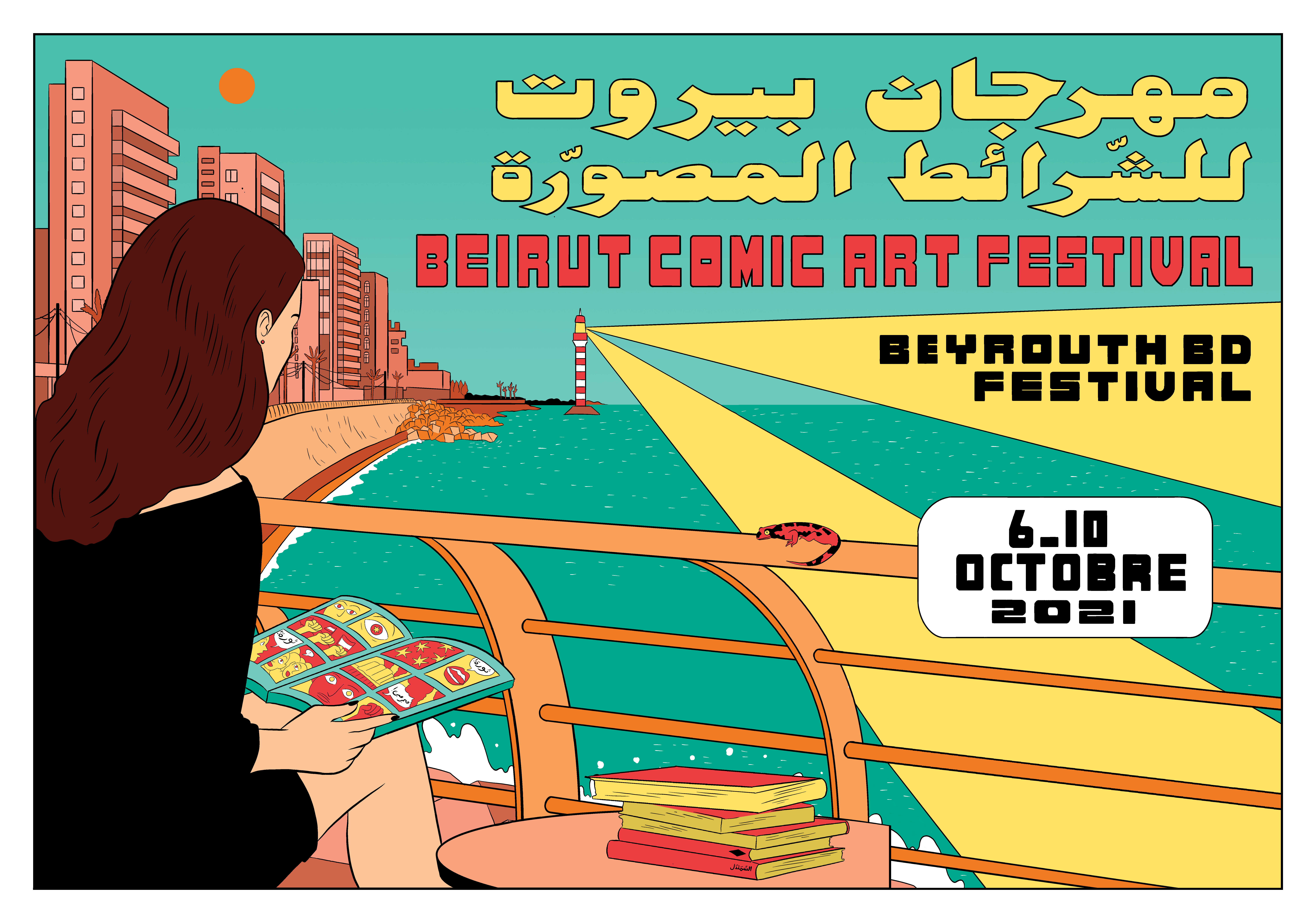The above picture is the forget-me-not flower, the official emblem of the 100th year of Remembrance of the Armenian Genocide. The forget-me-not flower expresses the theme of eternal remembrance, and is also meant to symbolically evoke the past, present and future experiences of the Armenian people. Here’s what the emblem means:
THE PAST: the black center represents the sufferings of 1915, and the dark aftermath of the Armenian Genocide.
THE PRESENT: the light purpose petals represents the unity of Armenian communities across the world – all of whom stand together in this 100th year of remembrance.
THE FUTURE: The five petals represent the five continents where survivors of the Armenian Genocide found a new home. The dark purple color is meant to recall the priestly vestments of the Armenian Church – which has been,is, and will remain at the heart of the Armenian Christian identity.
ETERNITY: The twelve trapezoids represent the twelve pillars of the Dzidzernagapert Armenian Genocide memorial in Yerevan, Armenia. The yellow color represents light, creativity, and hope.
On this day, let us remember that The Ottomans wanted to get rid of the Armenians and Lebanese as well back in 1916, and that the blockage that Jamal Pasha imposed on Lebanon and the entire eastern Mediterranean coast caused the death of thousands in Mount Lebanon. Of course what happened in Lebanon is only a fraction of what the Armenian people had to go through, and Turkey must acknowledge the Armenian Genocide.
Everything you need to know about the genocide:
Approximately 1.5 million Armenians out of a population of 2.5 million were killed by the end of 1922. When the genocide was over in 1922, there were just 388,000 Armenians remaining in the Ottoman Empire. You can check more information on the genocide in Rita’s post [here] and on this [website]. Here’s also a touching story that a friend of mine sent me few months back about the Armenian diaspora in Lebanon.
Tales of survival of the Armenian Genocide:
– Tales of survival posted by Armenian elders [DailyStar].
– Lebanese Journalist and activist Joumana Haddad recounts her family’s trauma from the Armenian Genocide [Link].
– Blogger Garlik & Saphire shares her grandmother’s survival story. [Link]
[YouTube] AK made this film to document the printing of the magazine in real blood drawn from 5 Lebanese-Armenians who decided to give blood as a symbolic gesture of remembrance for the blood that was spilled by the Armenian people.











Just a quick note ,it was planified to widen the Ottoman Empire and to reach what is today Isis ,because of course Isis is working on cleanding Christians in iraq and Syria .Its all the Muslim Plan
الي كتير حابب أرمينيا ورافع علمها هون وطاوشنا يروح عليها والي كتير حابب تركيا ورافع علمها وصارعنا كمان يروح عليها!
مش ناقصنا خلافات وانقسام…
مش ناقصنا نحمل قضايا بقة. عيشونا بلا قضية لا فلسطين و لا ؤكرانيا و لا عراق و لا تركيا و لا أرمينيا
Aslan el lebneniyyeh mesh mas2ooleen 3an adayahon so akid ma ra7 ykoonoo mas2ooleen 3an adaya gheyron